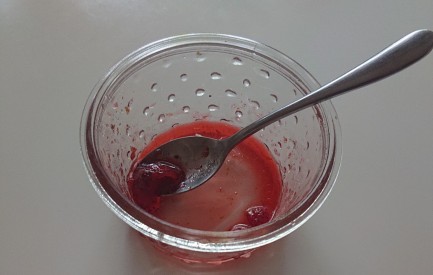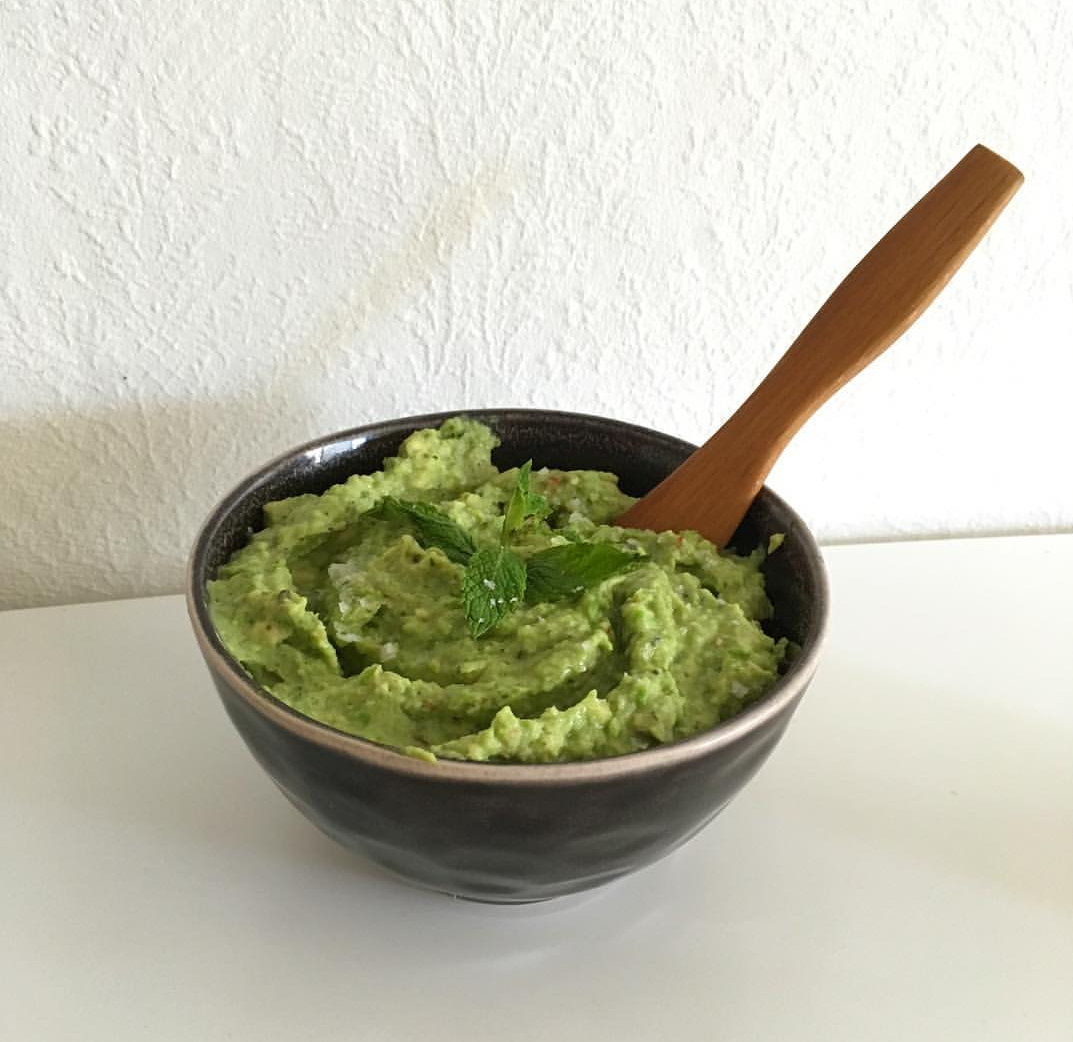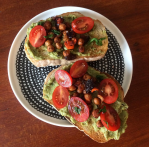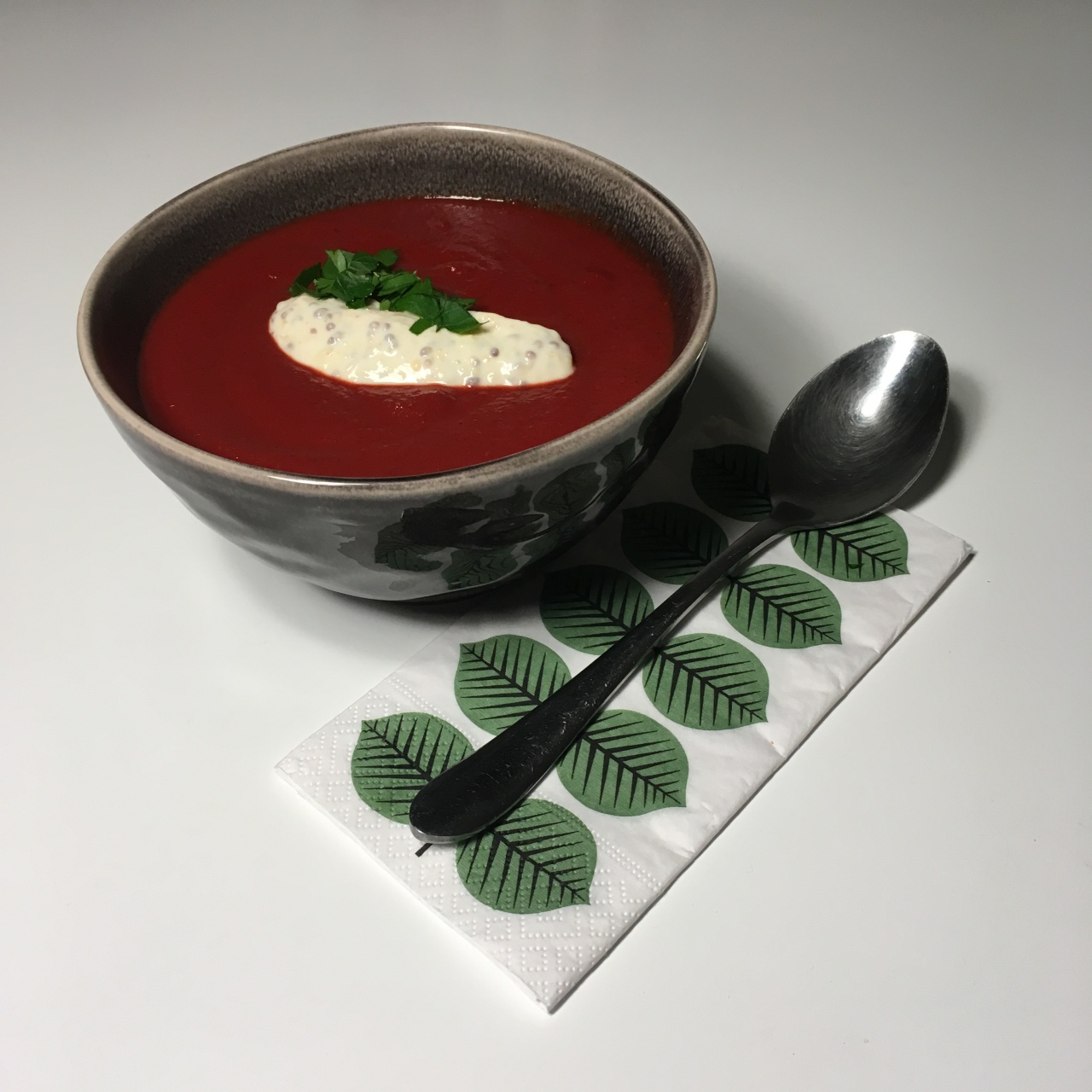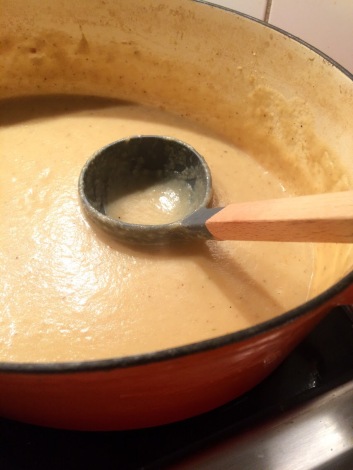Having seen them be an Autumnal regular on many American food blogger’s Instagram feeds, I was pleasantly surprised when I found a spaghetti squash at Möllan Market, here in Malmö. I bought a good sized one, for myself and the Mr to share for dinner for 22kr (£1.87), but now was the challenge, what the hell do I do with it?! The solution came in the unlikely form of Instagram, one of my friend’s here in Malmö, Nourish With Julie (IG), also a food and travel blogger, had done spaghetti squash ‘pasta’ the previous night and a little guide to how to cook a spaghetti squash in her stories. So, fired up I decided to put a twist on it, using my lentil ragù recipe to fill the big orange vessels. However, instead of using green lentils I used red ones to have it all meld together to the colour of an Autumn leaf. To make my take on it, you’ll need:
(Feeds 2 (generously))
- 1 spaghetti squash, de- seeded and cut in half
- 1 yellow onion, chopped
- 2 cloves of garlic, minced
- 1 tin of chopped tomatoes
- 100g of red lentils
- 200ml of water
- Splash of rapeseed oil/vegetable oil
- 1 tbp of tomato puree
- 1 tbp of sundried tomatoes/sundried tomato paste (optional)
- Splash of red wine (optional)
- ½ tsp of salt
- ½ tsp of black pepper (or more!)
- 1 tsp dried basil (or a generous handful of fresh if you can get it)
- 1 tsp dried oregano
- 2-3 bay Leaves
Herbed breadcrumbs:
- 100g (usually 3-5 slices) of stale bread
- 1 tsp onion powder
- 1 tsp garlic powder
- 1 tsp dried rosemary
- 1 tsp dried oregano
- 1 tsp dried basil
- Sprinkle of salt ( I used Halen Môn Anglesey sea saly)
- Pepper
Garnish:
- Fresh basil leaves (optional)
- Drizzle of garlic-infused oil
Start with the spaghetti squash, on a chopping board, cut it through the middle (be careful at this step, as the knife may not go through the flesh easily, depending on the individual squash) and scoop out all of the seeds. The seeds you can use as a snack, by seasoning them with spices and a little oil and oven baking them so don’t throw them away! Once you have two halves of squash, now with empty cavities, brush a little oil on them, followed by a crack of salt and pepper. Place them face down on a baking tray and place them into a pre-heated oven at 180°c for roughly 40-50 minutes (depending on the size of the squash).
Whilst the squash cooks you can sort out the ragù.
Fry the onions and garlic in the oil over a medium heat until soft. Stir in the tomato paste and the tin of tomatoes. Season with the herbs, the salt and the black pepper and add the splash of wine if you have it.
Pour in the lentils and add ¾ of the water to the mix. The lentils will suck up the water as they cook. give it a good stir – add more water if it’s looking a bit thick. Simmer on the back ring on a medium heat until the lentils are soft. Take out the bay leaves and set aside.
Once the squash halves are done, take them out of the oven and rough the flesh up a bit with a fork. Next, fill with the ragù and top with some herby breadcrumbs. You can easily make these by taking some stale bread and the dried herbs and blending them up with a food processor. Once broken down into seasoned breadcrumbs, top the ragù, as you would with some Parmesan, drizzle with some garlic oil, a sprinkle of the salt and place back in the oven for a further 10 minutes.
When the top is all golden, garnish with some basil leaves and serve with a side salad with a punchy dressing and some bread. As the squash are quite substantial on their own, you wont need a lot to go with them.
Enjoy!




